
Natural Disasters and Communicable Disease Outbreaks: A Growing Concern in Western Nepal
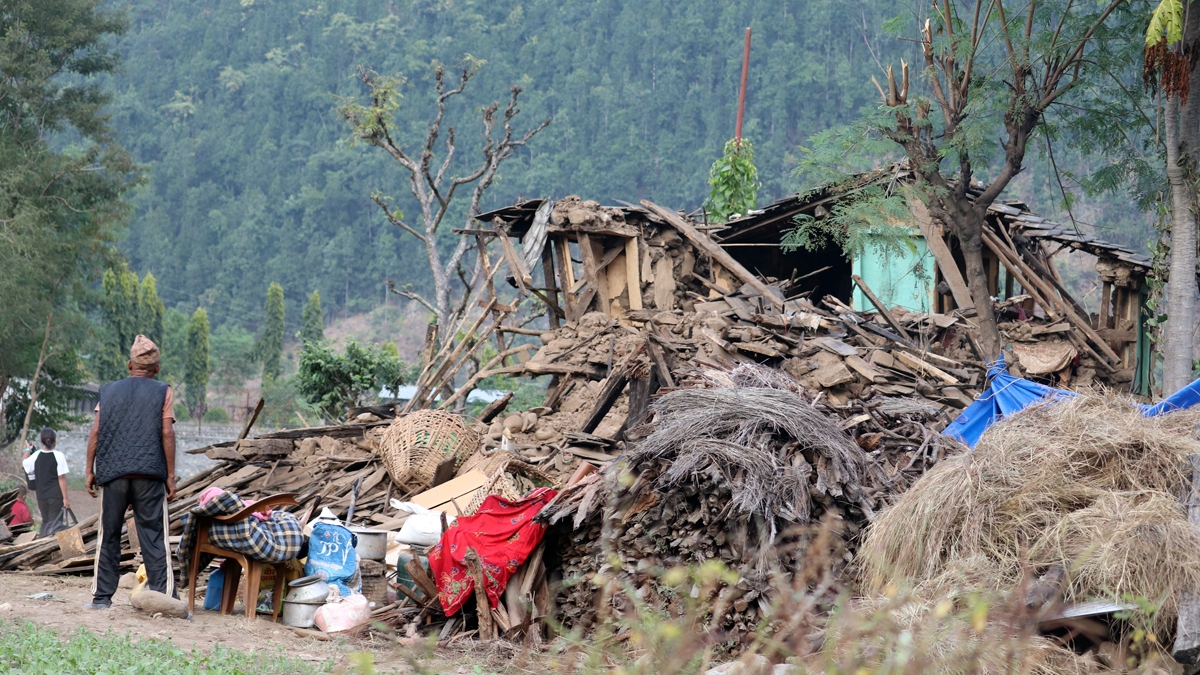
In the wake of the recent magnitude 6.4 earthquake that struck Jajarkot and Rukum West districts, the people of Western Nepal find themselves battling not just the immediate devastation but also the looming threat of communicable diseases. Natural disasters, such as earthquakes, floods, and landslides, have a distressing tendency to pave the way for infectious diseases, a concern that is now plaguing the minds of health experts in the region.
The earthquake, which claimed the lives of 153 people and left many injured, has rendered the affected areas vulnerable to the outbreak of communicable diseases. Aftershocks, along with the widespread damage to infrastructure, including homes and sanitation facilities, have compelled the local population to seek shelter in open spaces, exposing them to harsh weather conditions. This predicament is a potential breeding ground for cold-related illnesses and water-borne diseases like malaria, kala-azar, dengue, scrub typhus, and more. Special attention needs to be given to the vulnerable groups, including children, the elderly, and pregnant women, who are particularly susceptible to malnutrition.
Jajarkot, a remote and underdeveloped district, has experienced its share of health crises, including a devastating diarrhoea outbreak in 2009 that claimed 111 lives and infected over 6,000 people. A cholera outbreak in 2016 further underlined the susceptibility of the region to disease outbreaks. Given the prevailing poverty, lack of education, and limited awareness, there is an urgent need to bolster disaster preparedness efforts in Jajarkot and the adjoining districts.
One of the glaring challenges in Nepal is the absence of a robust disease surveillance system, a crucial tool in detecting disease outbreaks immediately before they spiral out of control. The World Health Organization emphasizes the importance of such surveillance, particularly in the aftermath of natural disasters. A WHO document on communicable diseases following natural disasters highlights how these events can contaminate water sources, leading to diarrheal diseases, such as the 17,000 cases recorded in Bangladesh after the 2004 flooding and the cholera epidemic in West Bengal in 1998. Factors like sanitation facilities, overcrowding, the general health status of the population, and access to healthcare services all contribute to the risk of communicable diseases in these situations.
While the local authorities in Jajarkot and Rukum West have been commendable in their frontline rescue efforts, more must be done to identify common diseases in the area and raise awareness about potential health risks. Immediate access to primary healthcare, safe water, proper sanitation facilities, adequate nutrition, warm clothing, and suitable temporary settlements are all imperative. Additionally, the physical and mental well-being of the survivors should not be overlooked, as these aspects are integral to the recovery process.
In this critical time, local authorities need the support of the central government to bolster healthcare services in the affected areas. With the looming threat of another major earthquake in Western Nepal, the central government should expedite the strengthening of the disease surveillance system and enhance disaster preparedness mechanisms. Furthermore, local authorities, who play a pivotal role in disaster management and public health emergencies, should be adequately equipped with healthcare facilities and personnel. The focus must shift towards accurate risk management communication, swift infrastructure reconstruction, and the rehabilitation of affected populations.
Nepal has witnessed the devastating consequences of disease outbreaks following natural disasters, as seen in the surge of scrub typhus cases and large diarrheal outbreaks in the aftermath of the 2015 earthquakes. It is now imperative to take proactive measures to prevent a repeat of such dire consequences in the quake-hit areas of Western Nepal. The clock is ticking, and the time to act is now.

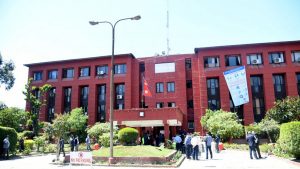
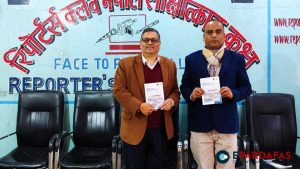
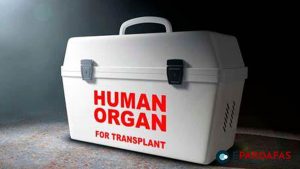


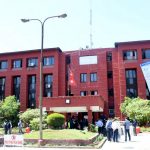





Comments